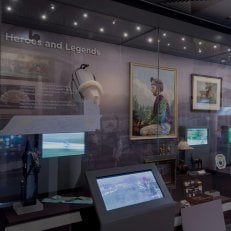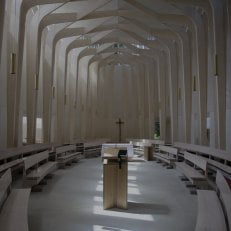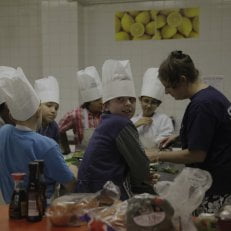Fundraising for Church Heritage
For charities such as parish churches fundraising for church heritage a successful application to the National Lottery Heritage Fund (NLHF) can often be the element that makes the difference. After all, the NLHF will consider funding up to 90% of costs for major church fundraising projects.
However, anyone who has led or supported a NLHF bid will attest that there is a huge amount of preparatory work involved and much to think about. The ‘to do’ list can seem intimidating and failure to complete it in good time can of course risk jeopardising NLHF support, particularly during the crucial Round 2 stage of an application. As heads spin with thoughts of conservation plans, planning consents, contractor tendering, interpretation and activity plans, public consultation work, business plans, risk assessments, etc., etc., it is all too easy to forget that there may be significant further fundraising for churches to do. In fact, it is likely that any match funding pledges will need to be in place before completion of Round 2, meaning that this task will need to be completed on quite a tight timetable.
Craigmyle Consultants have recently worked with a Grade 1 listed parish church in York which had secured over £600,000 of in principle support from the NLHF to restore and interpret its nationally important late medieval stained glass, but which needed to raise a little over £230,000 in the form of other pledges to secure its NLHF funding. The church had very limited reserves and a tiny congregation. Its small urban parish was largely non-residential and located in a less affluent corner of a city already bursting at the seams with amazing heritage. Nevertheless, Craigmyle was able to help the church achieve its target within a year primarily through a series of successful applications for grant awards.
The following tips which arise out of the experience of working with All Saints North Street in York may be of some use to others fundraising for church heritage or charities embarking on similar journeys:
- Maximise the financial contribution your church or organisation is able to make itself, even if quite limited. Every pound helps, of course, but more than that by conveying a clear willingness to spend precious reserves and to ask local supporters to play their part you will demonstrate strong commitment and encourage other funders to do likewise.
- For Grade 1 and 2* listed churches remember to research and think about the contribution that will come back to the church through a successful reclaim of VAT on eligible aspects of the planned works. This should be considered a part of a church fundraising plan from the outset and any tax recouped will be regarded by the NLHF as part of the match funding. Via the Listed Places of Worship Scheme the taxman is quite likely to emerge as one of the project’s largest donors. Successive Governments have renewed and extended the Scheme over the past 20 years and it must be hoped that its popularity will encourage Chancellors to keep extending its life in support of fundraising for churches.
- Take time to research properly those national grant giving trusts that have related heritage interests but also regional trusts with strong interests in and links to your particular locality. Most heritage trusts make fairly small grants which are judged on quite tight criteria. A generic or scattergun approach to applications is likely to deliver poor results and lead to demoralisation. Do your homework first, pick your targets with care and lavish some proper attention on the applications that look more promising to ensure that they count. Even so, don’t expect to win every time.
- Talk to trust grant officers where that is possible and understand that they are there to help applicants even though they may ask probing questions of your project. The fact that you have quite likely already secured Round 1 support from the NLHF is a big vote of confidence in your project and will give smaller trusts confidence that your plans are solid and will come to fruition.
- At the same time, do expect that some trusts may want their gift ‘to make the difference’. For them the bigger brother presence of the NLHF may give cause for pause. In such circumstances try to think creatively about ways in which a smaller grant can be associated with a particular dimension of your project rather than being lost in a giant general funding pot.
- Think about your heritage project as being complementary to surrounding heritage rather than being in competition with it for visitors. Local funding bodies are often as interested in the heritage profile of the locality as they are in the particularities of your individual project, so presenting your project in a way that dovetails well with wider heritage, tourism and educational concerns may strengthen your case for winning support.
- Tight deadlines understandably create worries and pressures, but they can also helpfully focus minds. Don’t be afraid to make it clear to potential funders, particularly those that seem a good fit, that this may be their now or never moment for getting involved to help a unique heritage opportunity to happen. They may not want to miss out!
Craigmyle fundraising consultants has helped numerous churches undertake successful campaigns, fundraising for church heritage. We offer churches a wide range of services ranging from feasibility testing and planning work for campaigns through to full campaign management, volunteer training, bid writing, etc. Read more about some of our work with churches.





